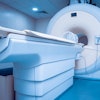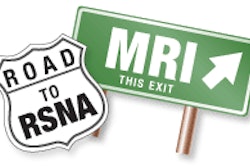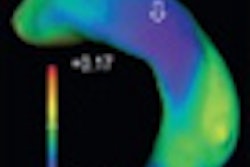Tuesday, November 30 | 10:40 a.m.-10:50 a.m. | SSG10-02 | Room N226
Dual-source radiofrequency (RF) transmission in 3-tesla MRI of the spinal cord reduces exam time by one-third and produces diagnostic-quality images comparable to standard single-transmission sequences, according to a new study from the University of Bonn Medical Center in Germany."The reduction of acquisition time may be of special interest in patients with back pain or claustrophobia," said study co-author Michael Nelles, MD, who will present the results in Chicago.
Researchers used a 3-tesla MRI scanner (Achieva 3.0T TX, Philips Healthcare, Andover, MA) equipped with multisource RF transmission to scan spinal cords of 30 patients. A total of 77 sequences with and without parallel transmission were available for patient comparison.
Diagnostic quality of examinations was rated from 1 for nondiagnostic to 4 for excellent. Contrast ratios also were calculated between reference tissues and vertebrae for single and parallel transmission
With the help of dual-source RF transmission, the researchers found that examination time was reduced by 36%. The total scan duration of a three-station whole-spine examination, including axial imaging stacks in all three stations, could be reduced from 44 minutes to 30 minutes using parallel RF transmission compared to single transmit mode.
The spinal 3-tesla MR images with parallel transmission also yielded a median assessment of at least adequate image quality in all of the compared sequences. Nelles and colleagues found no case with nondiagnostic image quality.


.fFmgij6Hin.png?auto=compress%2Cformat&fit=crop&h=100&q=70&w=100)





.fFmgij6Hin.png?auto=compress%2Cformat&fit=crop&h=167&q=70&w=250)











